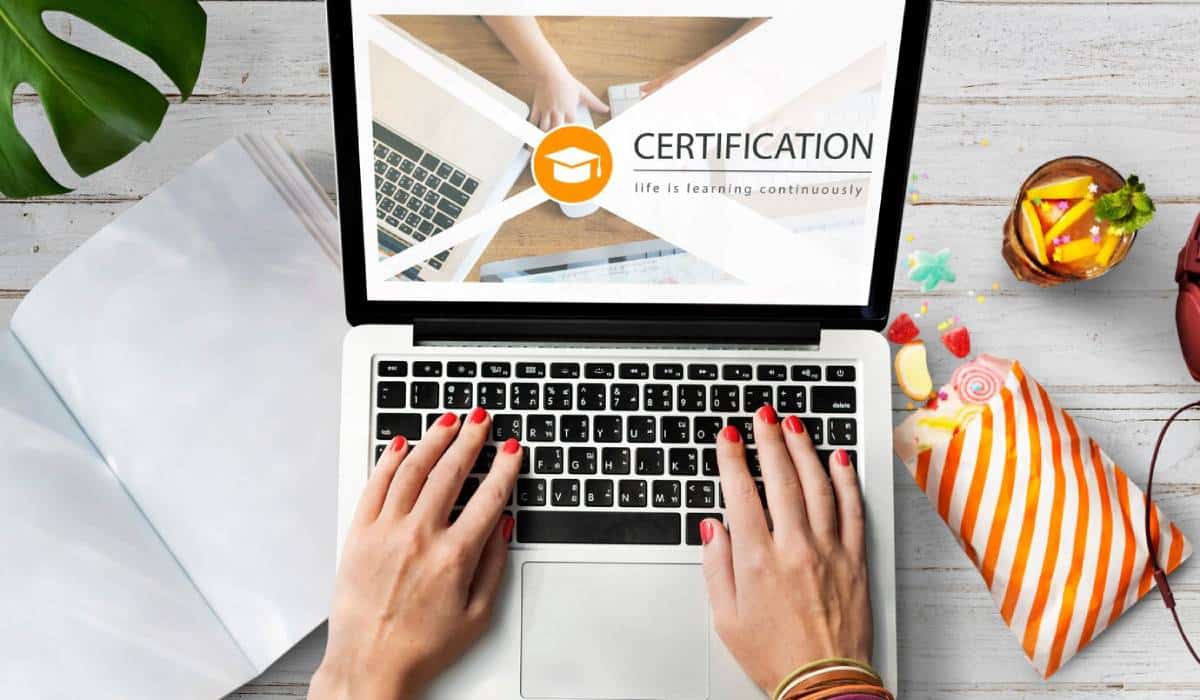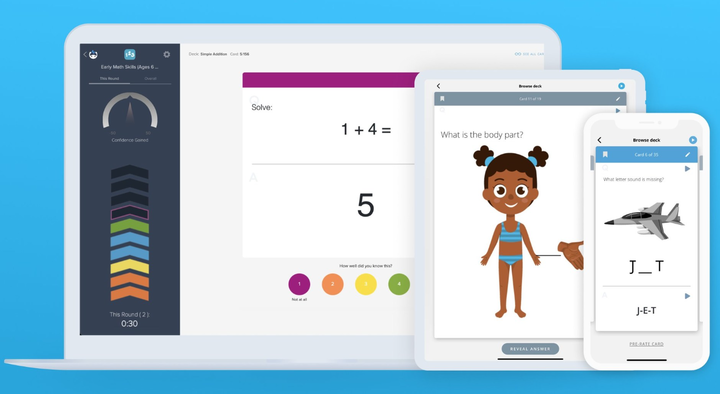
How to Verify Accreditation for Free Online Courses
Online learning is in high demand. Free courses are now offered in almost every field, including data science, digital marketing, and literature. While accessibility has never been better, it raises a critical concern: how do you know if a course is accredited or genuinely credible?
This blog explores how to verify online certification, understand what accreditation really means in the context of free courses, and avoid common mistakes that learners often make when enrolling in MOOCs (Massive Open Online Courses).
Why Accreditation Matters in Online Learning
As the number of free online courses grows, so does the risk of enrolling in programmes that lack credibility. Accreditation isn’t just a formality. It serves as a seal of approval, ensuring that the course meets established standards of quality and rigour.
Why Should You Perform a Course Accreditation Check?
- Credibility with Employers: Certificates from accredited courses are often recognised and respected in the workplace.
- Academic Value: Accredited MOOCs can provide credits for formal qualifications or diplomas.
- Quality Assurance: Accreditation ensures the course content is current, instructors are qualified, and the curriculum is organised.
Key Benefits of Verifying Course Accreditation
Before enrolling in a course, check its accreditation. This helps improve learning outcomes and boosts professional recognition. Here are some major benefits:
1. Validation of Your Effort
You invest time and energy into learning. Accreditation ensures your certificate has weight, adding real value to your CV or LinkedIn profile.
2. Transferable Academic Credit
Many online platforms work with universities. They provide accredited courses. These courses can help with degree programs or professional qualifications.
3. Better Learning Experience

Accredited courses often have structured content, regular assessments, and updates. These features show a quality learning experience.
4. Professional Development Opportunities
Whether you’re upskilling or switching careers, accredited certifications can signal to employers that you’ve gained relevant, recognised knowledge.
How to Verify Online Certification and Accreditation
Not all courses explicitly display their accreditation status, so it’s important to do your own due diligence. Here’s how to begin:
Step 1: Research the Platform’s Partnerships
Top-tier platforms often partner with accredited universities or institutions. Look for names like:
- Coursera (partners with Stanford, Yale, Google)
- edX (Harvard, MIT, and others)
- FutureLearn (UK and international universities)
- Udacity (focus on tech, partners with Google, AWS)
Check whether the course you’re taking is offered in collaboration with a known institution or industry leader.
Step 2: Visit the Accrediting Body’s Website
If a course claims accreditation, it should name the accrediting body. Visit that organisation’s website to verify:
- Is the accreditor officially recognised?
- Is the institution or course listed on their site?
- Does the accreditor itself hold credibility in your country or industry?
In the US, for instance, legitimate accreditors are recognised by the Department of Education or CHEA (Council for Higher Education Accreditation).
Step 3: Cross-Reference Course Details
If you’re unsure whether a course is accredited, do a cross-check by searching:
- The institution’s own website
- Forums like Reddit or Quora
- Review aggregators such as Class Central
Sometimes learners share their experiences or clarify whether a certification holds any professional or academic value.
Step 4: Check for Stackable or Transferable Credits
Some MOOCs offer stackable credits that contribute to a broader credential. For example, edX’s MicroMasters or Coursera’s Professional Certificates often link to university programmes.
These indicate a formal recognition structure, adding to the MOOC credibility.
Additional Expert Tips & Common Mistakes to Avoid
Even seasoned learners fall into certain traps when enrolling in free courses. Avoid these with a few expert strategies.
Expert Tips
- Use Course Audit Features: Many platforms allow learners to audit a course for free. Use this to preview course structure before investing time.
- Check Instructor Backgrounds: Look up the instructors on LinkedIn or academic sites. Qualified, experienced teachers often mean the course is serious.
- Look Beyond the Logo: Just because a university’s name is listed doesn’t mean the course is university-issued. Check if the certification is co-branded or solely from the platform.
Common Mistakes
- Assuming Free Means Lower Quality: Some of the best free courses are offered by top universities. Free does not always mean lesser value.
- Ignoring Fine Print: Certificates often come with caveats—check whether they are “verified” or “honour-based,” and whether they mention accreditation.
- Forgetting Regional Differences: Accreditation standards vary by region. A course accredited in Europe may not hold the same value in the US, and vice versa.
Advanced Insights and Expert Recommendations
For those looking to fully maximise their online learning journey, here are more advanced strategies.
1. MOOCs and University Credit Pathways

Many universities now accept online coursework as part of blended learning models. Check if the course offers:
- Transferable university credits
- Pathways to diplomas or degrees
- Partnership with higher education bodies
This is especially valuable if you’re considering formal education later.
2. Use of Digital Credentials and Verification Tools
Digital badges and blockchain-backed certificates are becoming more common. These can often be verified instantly through a unique link, offering transparent proof of achievement.
Platforms like Credly or Open Badges allow employers and institutions to verify your certification without additional paperwork.
3. Stay Informed on MOOC Trends
The online education sector evolves rapidly. Subscribe to education newsletters or follow learning platforms on LinkedIn to stay current on accreditation updates and new programmes.
Conclusion: Make Accreditation Part of Your Learning Checklist
Don’t Just Enrol—Verify and Thrive
Free online courses have democratised education, offering access to world-class learning materials without the financial burden. However, the true value of any course lies not just in the content but in its credibility, especially if you plan to showcase your achievements to employers, academic institutions, or clients.
By taking the time to verify online certification and conduct a thorough course accreditation check, you avoid the pitfalls of unrecognised or subpar learning experiences. Instead, you align yourself with high-quality, reputable programmes that offer lasting returns—professionally and personally.
Remember, online education isn’t just about gaining knowledge—it’s about building credibility in a digital world where signals matter. When you choose courses backed by trusted institutions, you’re not just learning. You’re investing in a future that others can see, trust, and reward.


